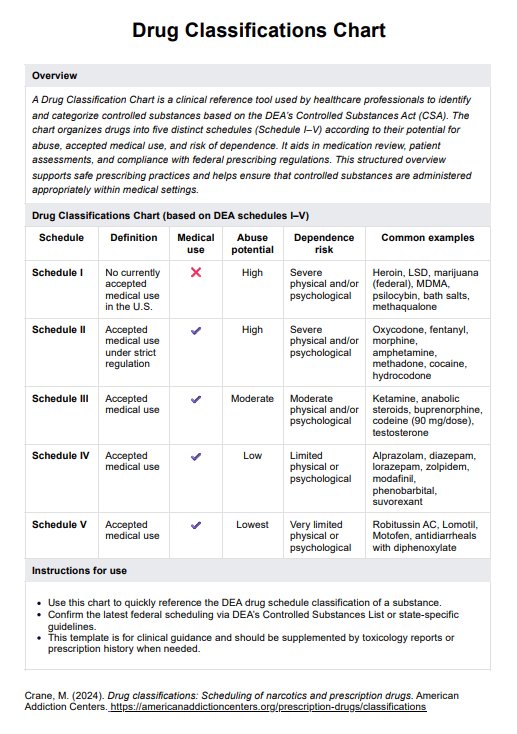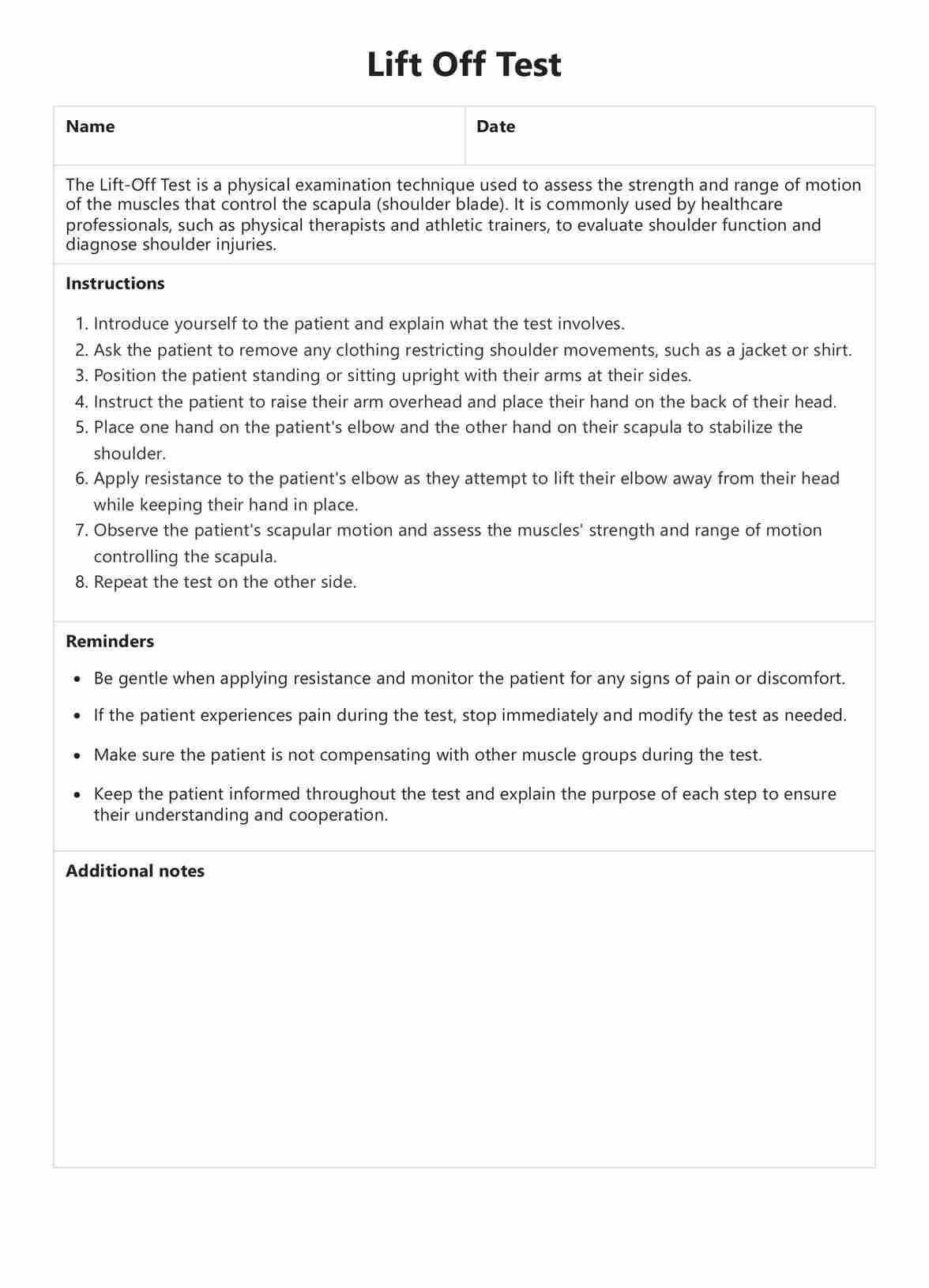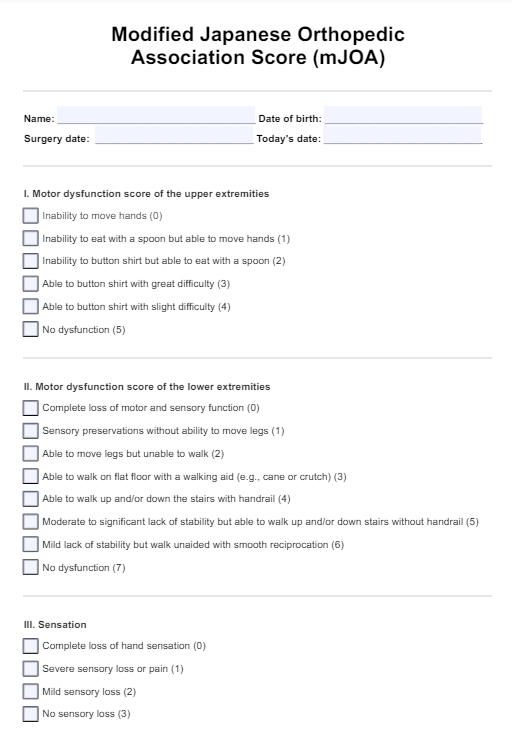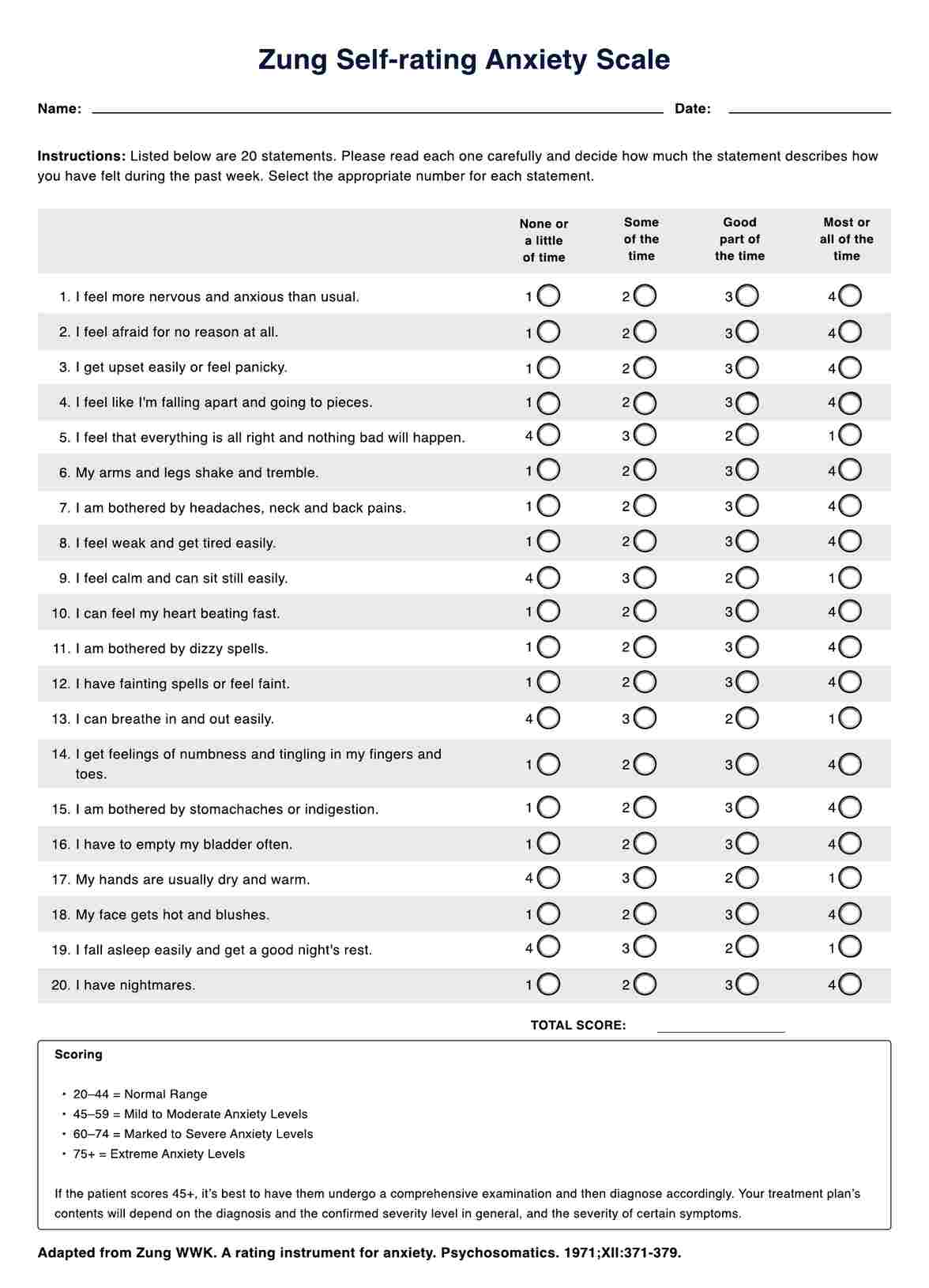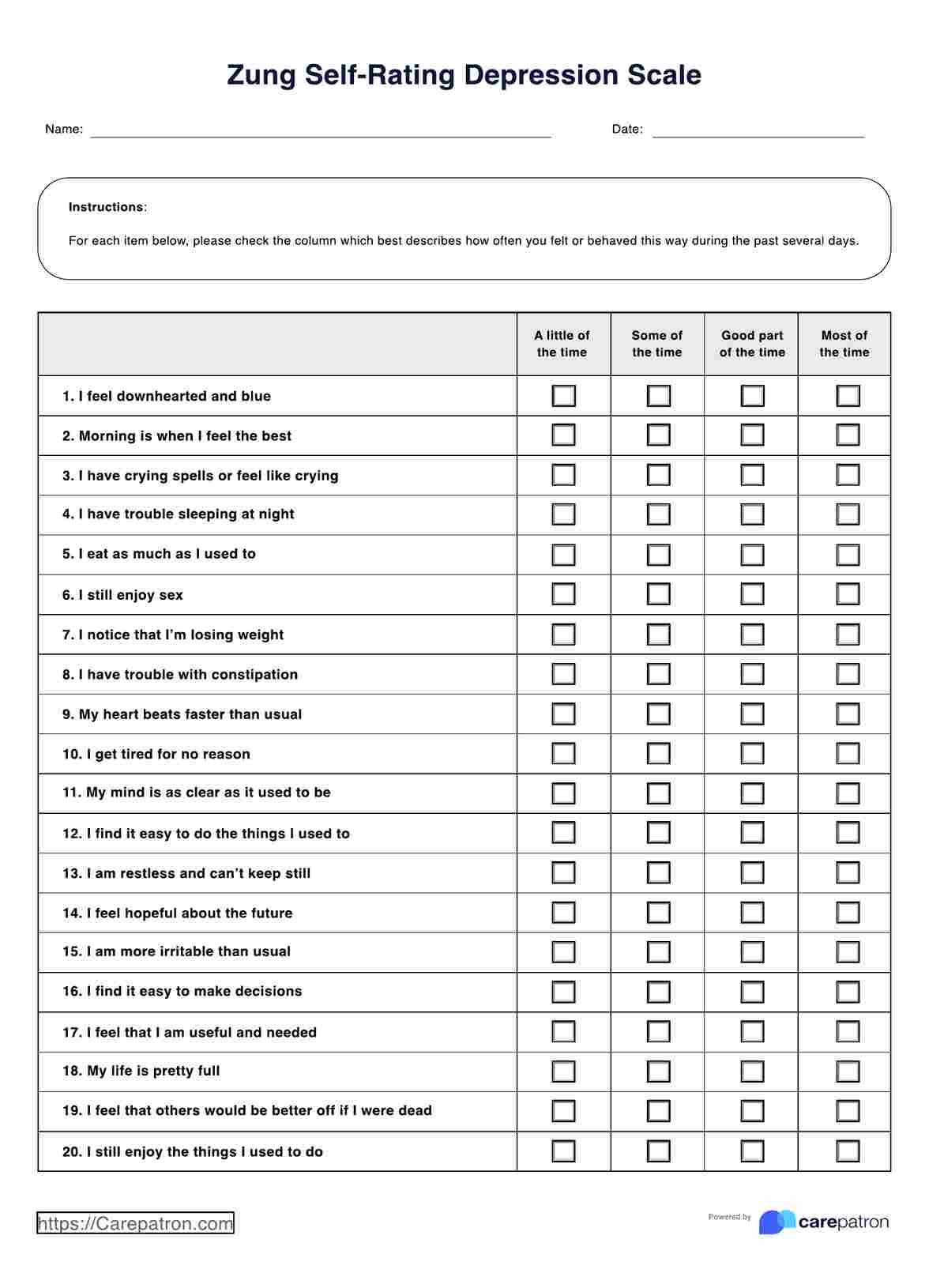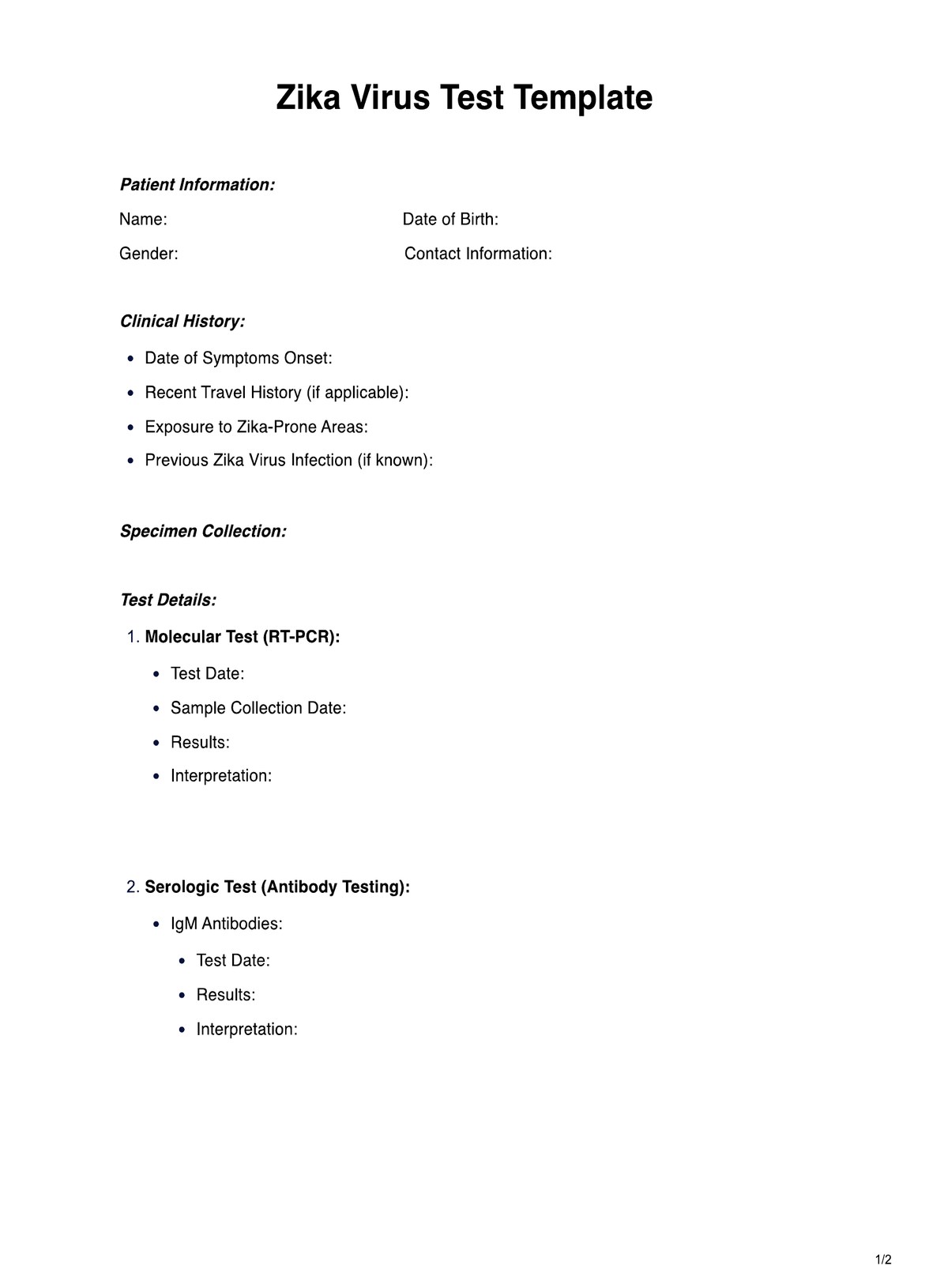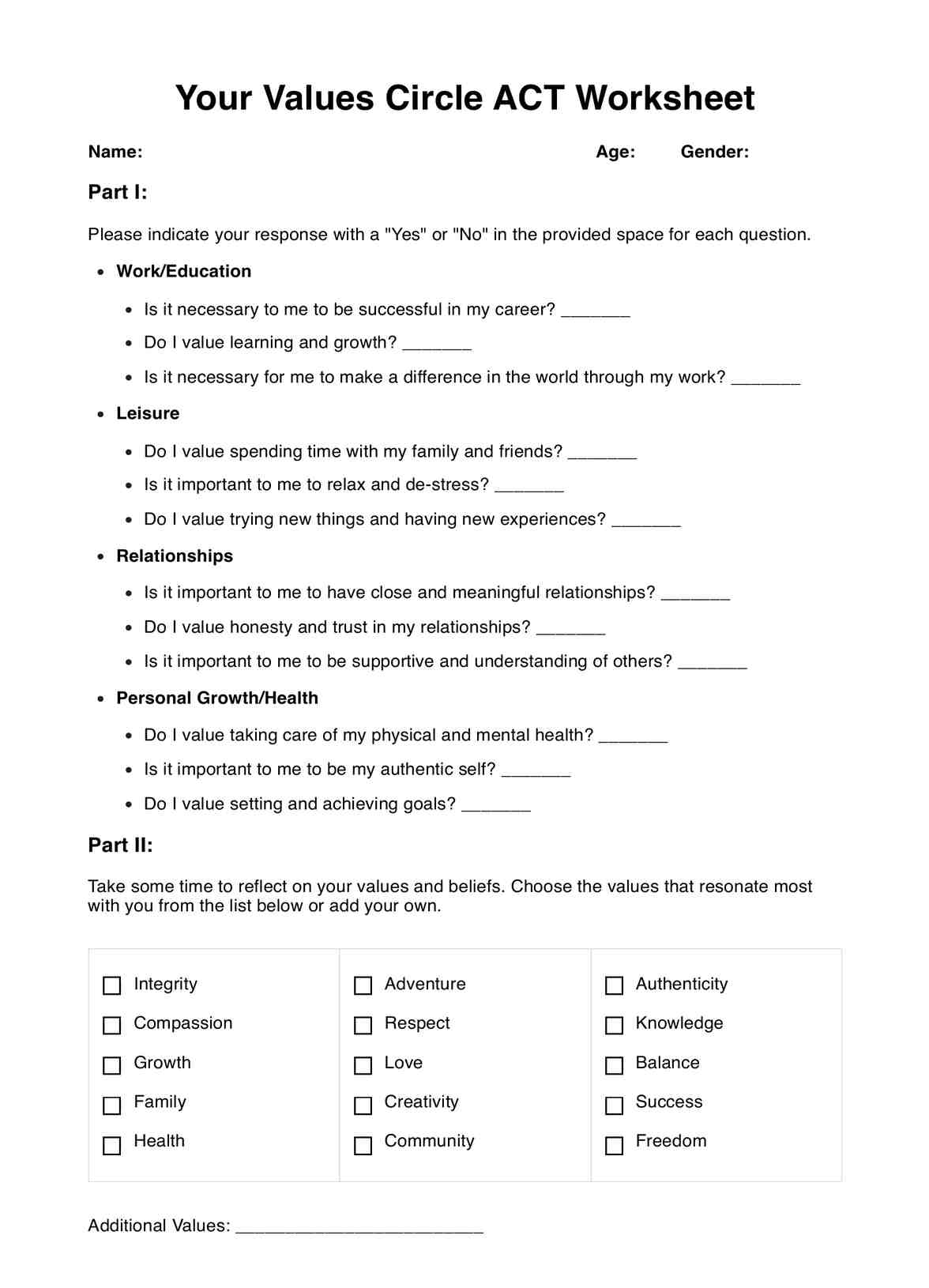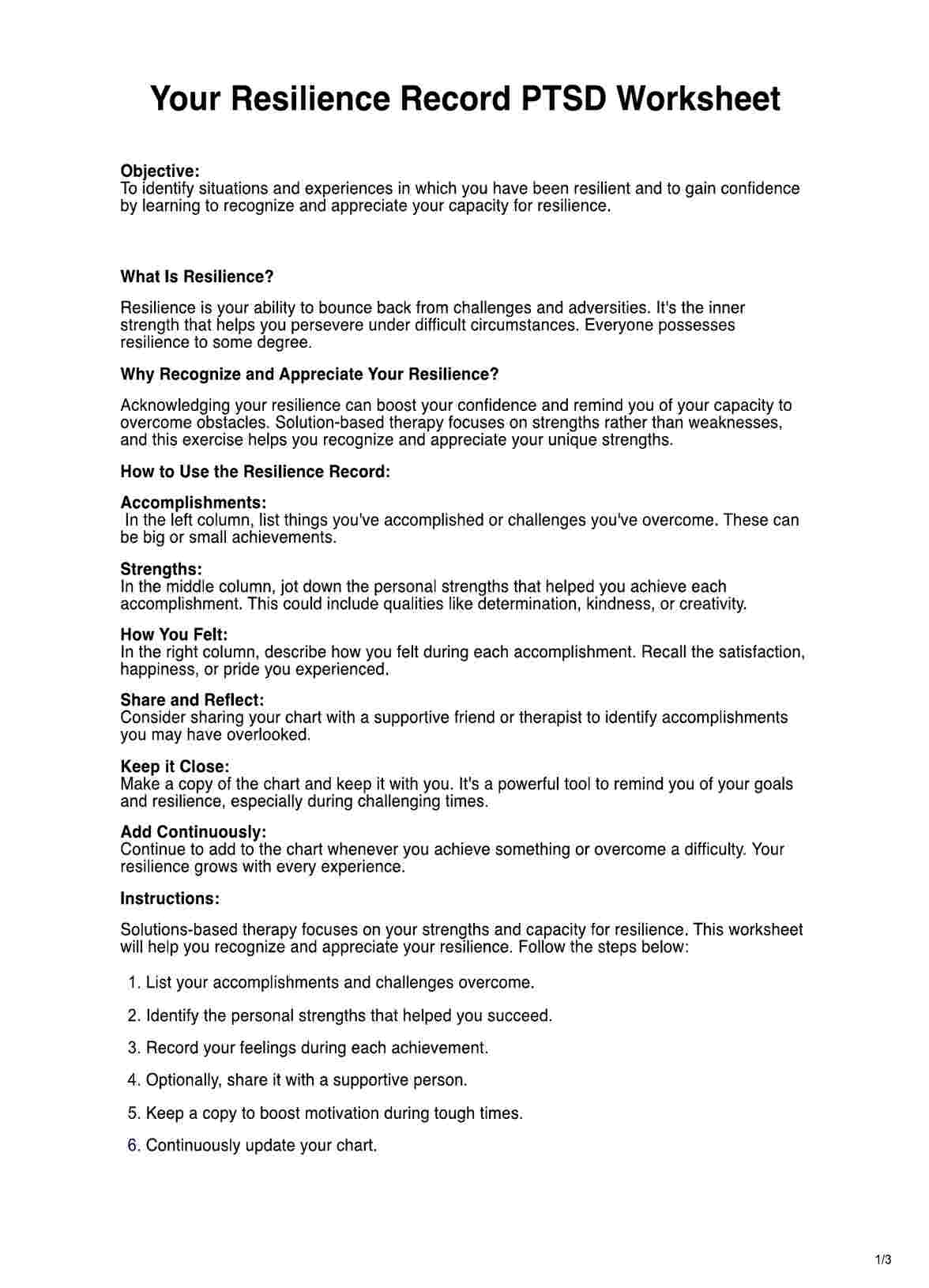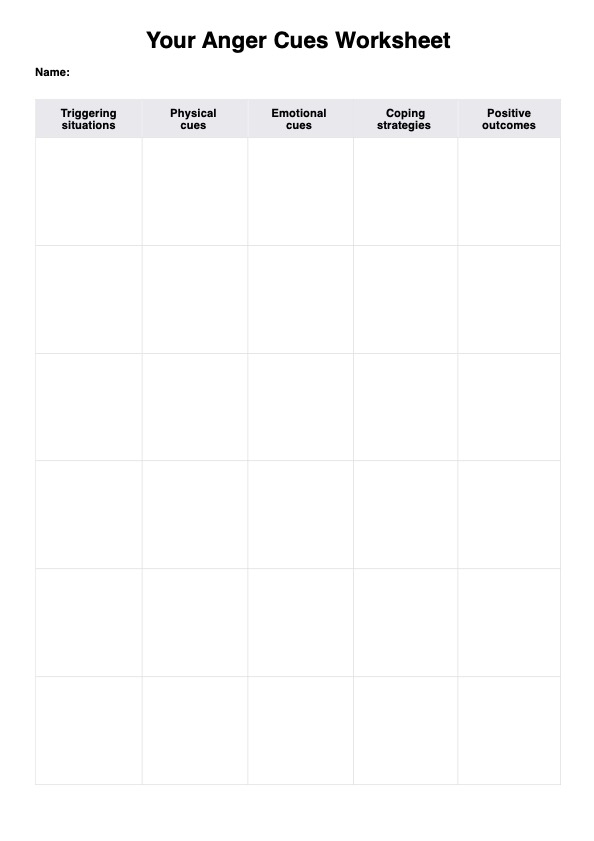The Danger Assessment is a validated risk assessment tool developed by Dr. Jacquelyn C. Campbell to evaluate the likelihood of intimate partner homicide among abused women. It uses a calendar to document abuse incidents and a 20-item weighted questionnaire to identify key risk factors linked to lethal violence.
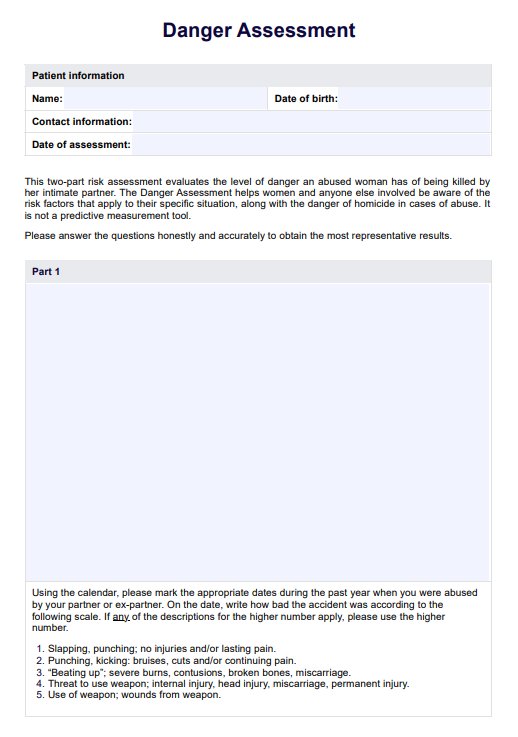
Danger Assessment
Click here to learn more about the Danger Assessment and how it can be used to support women in preventing intimate partner homicide.
Danger Assessment Template
Commonly asked questions
The highest possible score on the Danger Assessment is 38, based on the cumulative weighted points assigned to high-risk indicators. Higher scores reflect a greater likelihood of lethal violence and necessitate urgent intervention and safety planning.
The Danger Assessment categorizes risk into four levels: Variable Danger (0–7), Increased Danger (8–13), Severe Danger (14–17), and Extreme Danger (18 or more). Each level guides healthcare providers in determining the urgency and intensity of recommended protective actions.
EHR and practice management software
Get started for free
*No credit card required
Free
$0/usd
Unlimited clients
Telehealth
1GB of storage
Client portal text
Automated billing and online payments


